The BUFF® Activity Guides outline how to use the various BUFF® products in the most popular activities.
The BUFF® Product Guides go into details of the most popular products.
The BUFF® Activity Guides outline how to use the various BUFF® products in the most popular activities.
The BUFF® Product Guides go into details of the most popular products.
$9.50 Express Option
30 days money back guarantee
1 year local warranty
PayPal / Afterpay / Apple Pay / Google Pay / Stripe Visa, Master, Amex
The most dangerous way for a toxin to enter the body is not through the digestive system, but through the skin
Andreas Schimkus, former senior industry adviser to the Council of Textile and Fashion Industries of Australia's (TFIA)
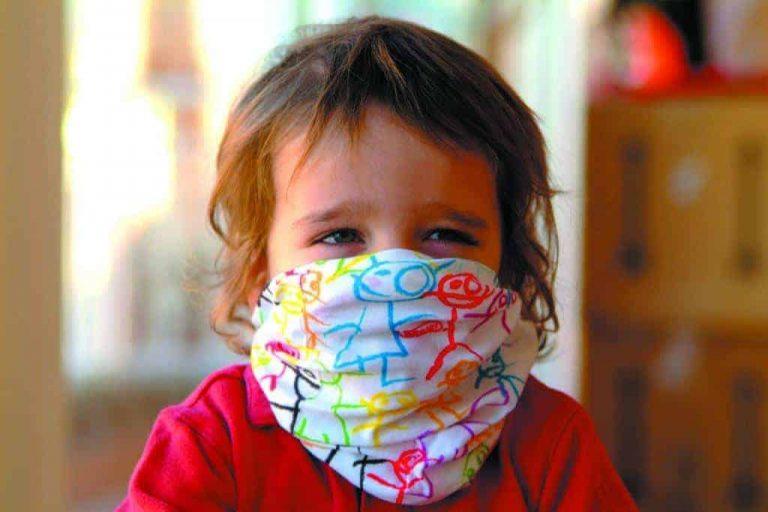
Did you know that fabric ingredients are grouped into toxic or safe and non-itchy?
The difference in costs is huge.
This article shows you how to spot the safe products and why Buff® headwear ticks the right boxes
There are 2 main reasons for fabrics itching.
The first is bacteria. Call it bad hygiene or simply fabrics that make you sweat and breed bacteria (cheap polyester beanie hat for example).
The second is toxic and irritating ingredients in making the fabric.
There are ingredients available that can not only make you itch but also severely impact your health.
These ingredients are on a list and banned in most 1st world countries.
Not at all, unfortunately.
Australia has no tests or regulations regarding safe textile ingredients. You can import into Australia whatever you like.
This leads to Australia being the only 1st world country supplied with 3rd world quality clothing.
Whenever we mentioned in China that we are from Australia and want headwear that passes the Oekotex test, we heard something like, “Why do you want to waste money on Oekotex. You are from Australia. You do not need this …”.
We were quite shocked at first but got used to hearing it all the time.
Here is a nice article from Choice that goes into more detail
https://www.choice.com.au/shopping/everyday-shopping/clothing/articles/chemicals-in-clothing
My favourite quote is
Products that are made in China for the Australian market could not even be sent back to China, as many of them would not meet the Chinese product safety standards but are acceptable here.
Andreas Schimkus, former senior industry adviser to the Council of Textile and Fashion Industries of Australia's (TFIA)
You look for the Oekotex® certificate.
Oekotex® is a worldwide testing standard for classifying the safety of clothing.
Just look out for something like the logo below. If you spend more money to make your product safe, you will have it tested. If you can’t find it, assume the worst.
Especially if it’s our beloved “The same, just cheaper…” products.
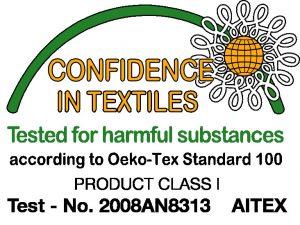
You can always go to the AITEX website and enter the test number. That will give you all the details of the test.
The more intensive the skin contact of a product and the more sensitive the skin, the stricter the human-ecological requirements that need to be complied with.
Oekotex® 100 website
All adult products are rated to class 2. This is the class for adults close to the skin clothing (underwear, socks, headwear,…)
All baby products are rated to class 1. The most stringent class.

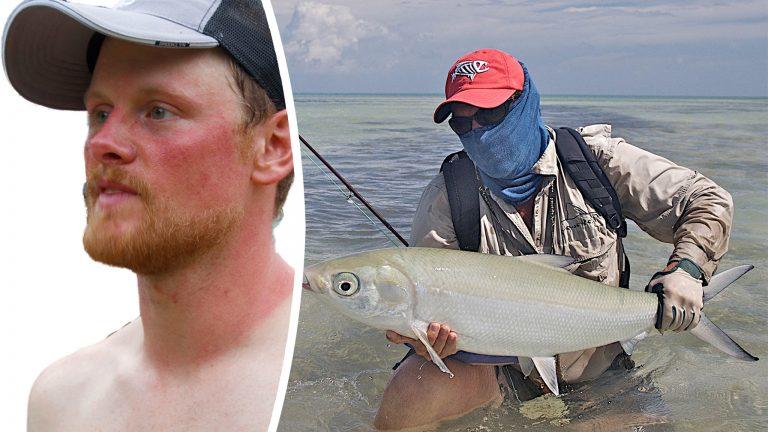
Sunburns hurt. Skin cancer can kill.
The Original EcoStretch and the Coolnet UV fabric give you UPF50 excellent protection (98% UV/Sun protection).
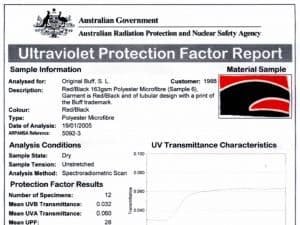
This is an example of a UPF report. It was performed by the founders of the UPF rating ARPANSA. Nowadays both Original EcoStretch and CoolnetUV fabrics are constantly monitored for their UPF rating at the factory. The testing company is Aitext Textile Research Institute.
BUFF® Original EcoStretch and CoolnetUV multifunctional headwear comes with a label stating the standard (AS/NZS 4399:1996), the UPF Rating and the testing laboratory.
We see a lot of tubular headwear that advertises sun protection claims but has no labels or mention of the test standard. Those claims are bogus. Why?
A thin fabric without a UPF rating cannot protect you from skin cancer.
For example, a T-shirt is only around UPF 6. That’s because it just filters out enough UVB to stop a sunburn. It will not stop you from getting skin cancer because it doesn’t filter out UVA enough.
UVA is harder to filter, and it goes deep into your skin, so the damage is not visible.
That’s where special dyes and other ingredients that absorb UVA and UVB satisfactorily enter the game. This function can only be tested and proven in a laboratory.
That’s why sun-protective clothing is more expensive than non-protective clothing.
So, if you see a tube with a UV protection claim that doesn’t clearly state the UPF rating with the testing standard and the testing laboratory, do yourself a favour and walk away.
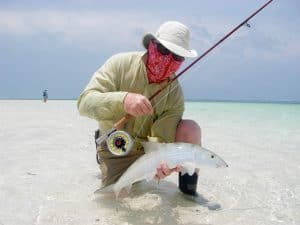
The most popular application so far for sun protection. A face mask that you can wear in the heat.
All fishing professionals now wear the BUFF® CoolnetUV for this one reason: Replace sunscreen and still be skin cancer protected.
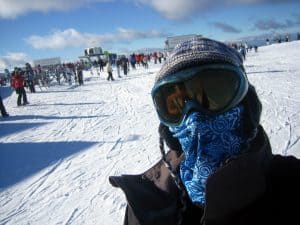
How often did you forget your sunscreen? I have tons of times.
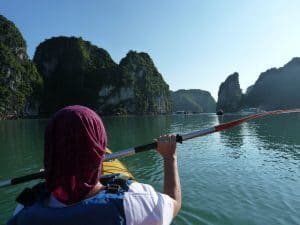
You’re travelling and you have this opportunity to go on a tour. No cloud in the sky, and of course, you didn’t bring some specialized headgear with you. The BUFF® CoolnetUV tube as a legionnaire-style cap will give you protection.
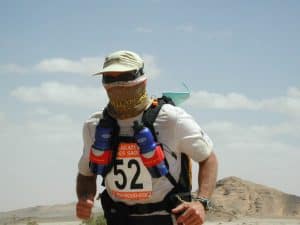
Running events in the sun are a prime example. You’re sweating throughout the day, and no sunscreen will work for long. You also don’t have any time to apply sunscreen constantly.
Events like the Marathon des Sables have their custom-made BUFF® CoolnetUV for their participants. It’s not perfect, but it’s better than burning to crisps.
They are thin fabrics so stretching them too much or wearing them thin over several years reduces the protection.
